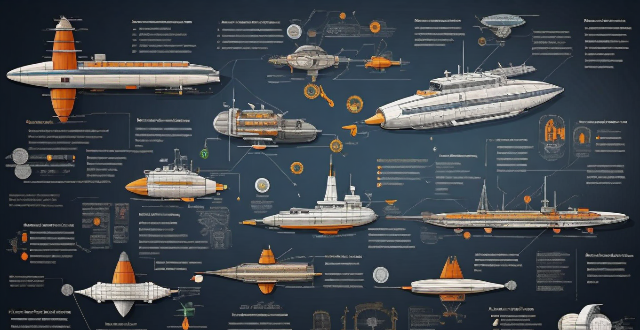Over the years, scientists and engineers have made significant advancements in various aspects of space travel. Current advancements include propulsion systems like ion thrusters, nuclear propulsion, and solar sailing; life support systems that recycle water and air and closed-loop life support systems; and reusable spacecraft such as the Space Shuttle program, SpaceX Dragon and Falcon 9, and Blue Origin New Shepard. These advancements show great promise for the future of human exploration beyond our planet.

Current Advancements in Space Travel Technology
Space travel technology has come a long way since the first human spaceflight in 1961. Over the years, scientists and engineers have made significant advancements in various aspects of space travel, including propulsion, life support systems, and reusable spacecraft. Here are some of the current advancements in space travel technology:
Propulsion Systems
1. Ion Thrusters
Ion thrusters are electric propulsion systems that use electricity to ionize and accelerate gas particles, generating thrust. They are more efficient than traditional chemical rockets and can operate for longer periods, making them ideal for deep space missions.
2. Nuclear Propulsion
Nuclear propulsion systems use nuclear reactions to generate heat, which is then used to produce thrust. These systems have the potential to provide significantly higher speeds and longer mission durations than conventional propulsion methods.
3. Solar Sailing
Solar sailing involves using the pressure of sunlight to propel a spacecraft. This technique has been proposed as a way to explore the outer planets and beyond without the need for large amounts of fuel.
Life Support Systems
1. Recycling Water and Air
Modern spacecraft are equipped with advanced life support systems that can recycle water and air, reducing the need for supplies to be sent from Earth. These systems use a combination of physical and chemical processes to remove contaminants and replenish resources.
2. Closed-Loop Life Support Systems
Closed-loop life support systems are designed to recycle all essential resources, such as water, air, and food, within a spacecraft. These systems aim to create a self-sustaining environment that can support humans for long-duration missions, such as trips to Mars or other distant destinations.
Reusable Spacecraft
1. Space Shuttle Program
The Space Shuttle program was a major step forward in reusable spacecraft technology. Although it was retired in 2011, the program paved the way for future reusable spacecraft by demonstrating the feasibility of launching and landing multiple times.
2. SpaceX Dragon and Falcon 9
SpaceX's Dragon spacecraft and Falcon 9 rocket are both designed to be reusable. The Falcon 9's first stage can return to Earth and land vertically, while the Dragon spacecraft can be reused for multiple missions.
3. Blue Origin New Shepard
Blue Origin's New Shepard is a reusable suborbital spacecraft designed to take tourists on short trips into space. The vehicle consists of a crew capsule and a booster, both of which are designed to be reused multiple times.
Conclusion
These advancements in space travel technology show great promise for the future of human exploration beyond our planet. As we continue to develop new propulsion systems, life support technologies, and reusable spacecraft, we will undoubtedly see even more exciting developments in the years to come.